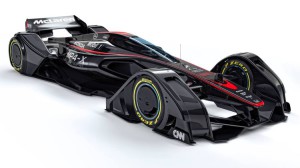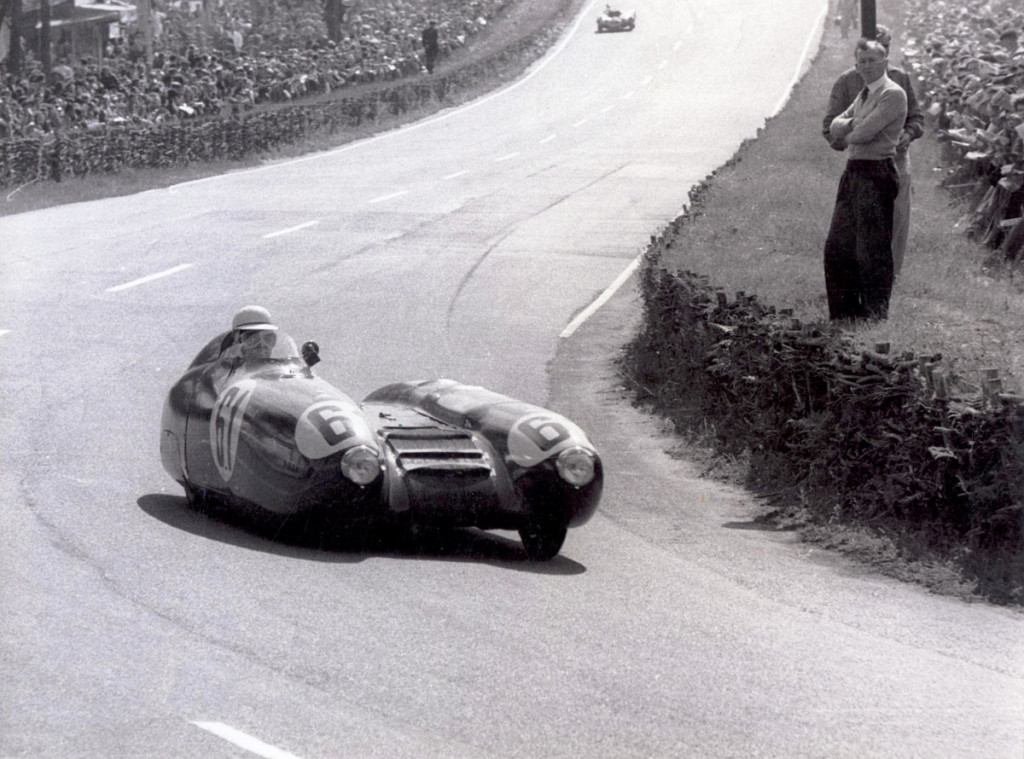The trajectory of sports is defined by a battle between traditionalists and futurists. There’s those who remember the sport from their halcyon days of earlier fandom, and those who acknowledge that because society is constantly advancing, our new technologies should apply to even our athletic pastimes.
We’ve seen it with football and concussions, for example. But the gridiron isn’t the only place where this question is being asked— it’s made it’s way to auto-racing, too.
Now, I don’t know all the answers, but McLaren is positioning itself at the vanguard of racing development for the next generation. A lot of times, when we think fuel efficiency or safety, we think of cars that aren’t sleek or fun or even fast. But the British auto manufacturer is looking to change that with its newest concept car, the MP4-X.
It was recently profiled in Maxim, which notes that it looks like “a fighter jet with wheels”. The new vehicle is not only engineered to contend, but to be safe as well.
All while incorporating cutting edge developments in automotive technology.
Take, for instance, the battery. It’s pretty heavy, and weighs down the car. By its nature, it is antithetical to the sleek and nimble associations with F1. McLaren is currently working to change this by outfitting their car with the ability to be wirelessly charged as it zips around the track. And as if that weren’t enough, McLaren is proposing to add solar power cells onto the hood for an added boost.
On the safety front, they’ve made the decision to do away with the traditional open cockpit. While this is sacrilege to many F1 enthusiasts, they argue that today we know better, and shouldn’t resist an advancement in safety. This hits home for some, considering that the Indycar and F1 worlds were rocked by two deaths just this year.
It’s still a concept, true. But if this is just one part of the future of racing, I can be alone in wanting to see the rest.

